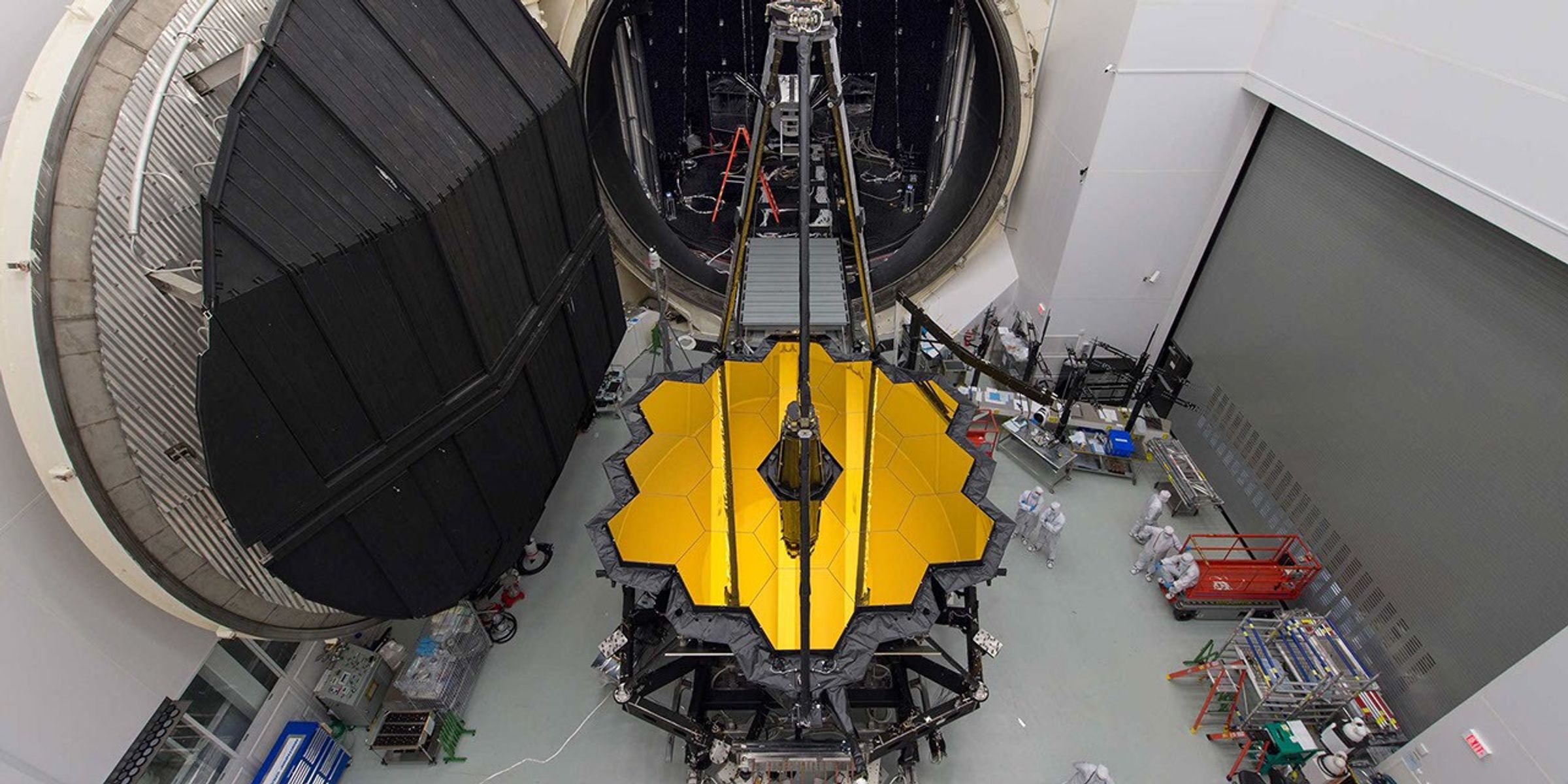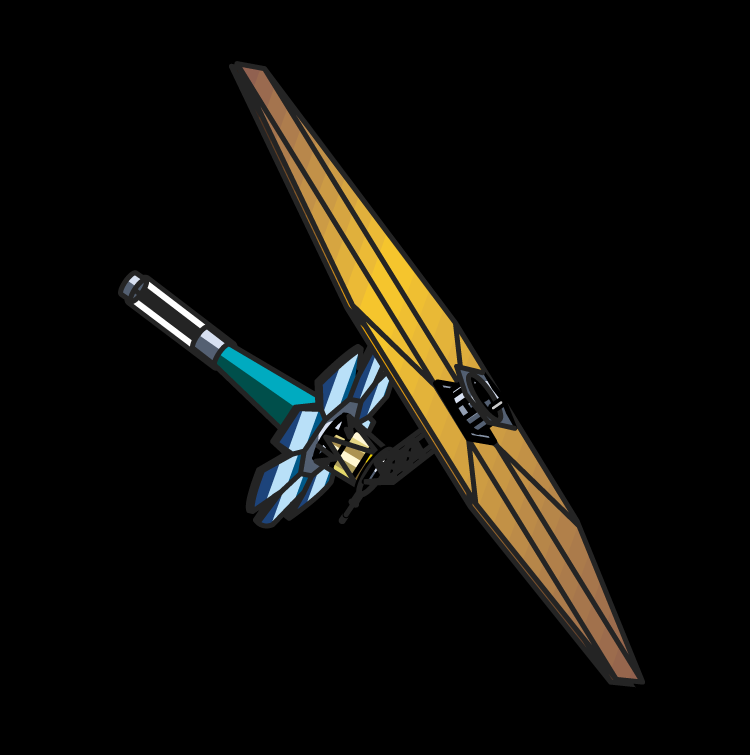The Next Generation Telescope
The James Webb Space Telescope, like other NASA missions, started with a question. That question—“what’s next?”—was first raised in 1989 even before the Hubble Space Telescope launched.
At the start, scientists from NASA and the Space Telescope Science Institute knew they needed a telescope to follow up on discoveries made by Hubble. It wasn’t until the mid-1990s that the idea of an infrared telescope with a mirror larger than four meters (roughly 13 feet), called the Next Generation Space Telescope, was formally proposed and approved.
Over the next several decades, international space agencies, NASA centers, and industry and academic partners were selected to construct parts of the telescope, contribute testing facilities, and provide guidance on its development.
Construction on Webb began in 2004. The 18-segment primary mirror was completed by 2011, and by the end of 2015, all four of Webb’s scientific instruments were delivered to NASA's Goddard Space Flight Center in Greenbelt, Maryland, where they and the entire Integrated Science Instrument Module (ISIM) completed cryogenic testing.
In 2018, all elements of Webb’s flight components were delivered to Northrop Grumman in Redondo Beach, California, and the following year, Webb’s two halves were connected.
Final environmental and communications testing continued until Webb was folded and stowed for the final time in 2021, then shipped to Kourou, French Guiana for launch.
Post-Launch
After the December 25, 2021 launch, Webb entered the six-month commissioning period before beginning routine science operations.
Webb completed commissioning in the summer of 2022. On the evening of July 11, 2022, President Joe Biden unveiled the first full-color image from the James Webb Space Telescope. The following morning, full-color images and spectroscopic data for an additional four targets were released, demonstrated the telescope’s abilities at full power to explore the infrared universe.






























